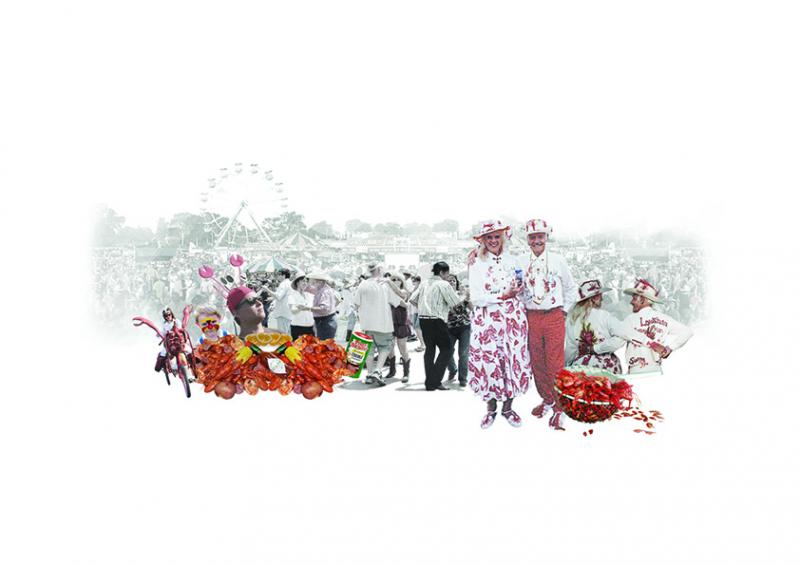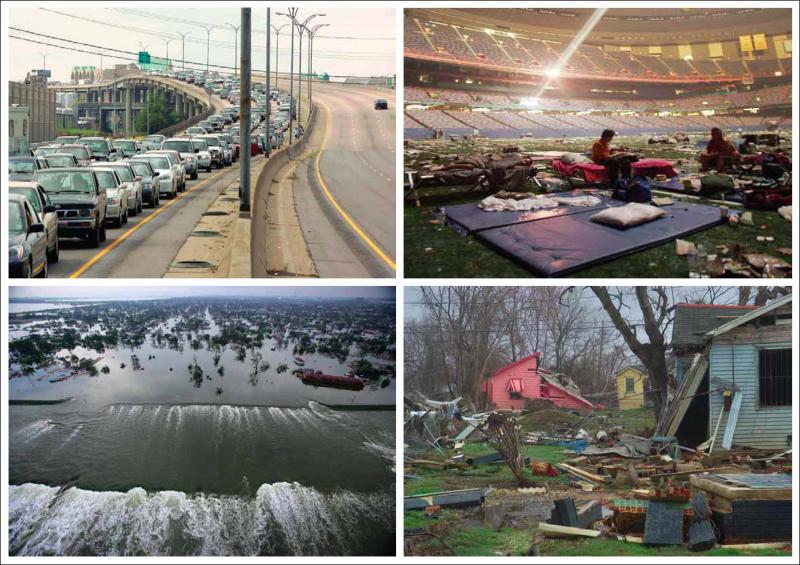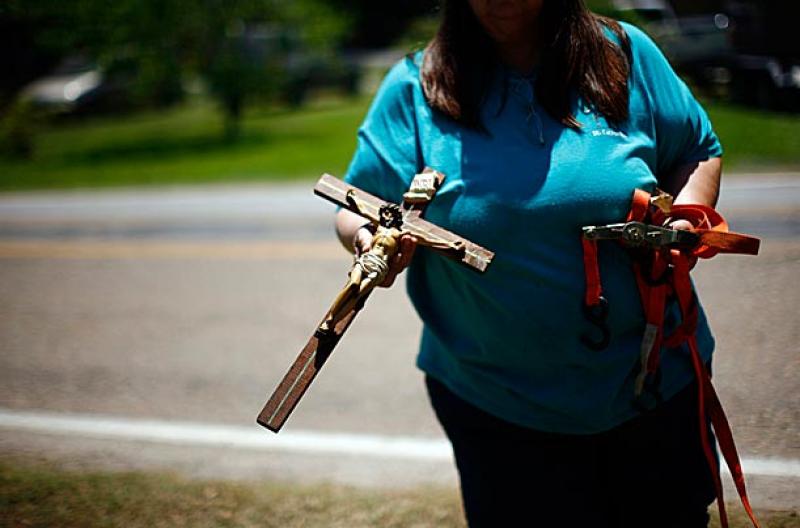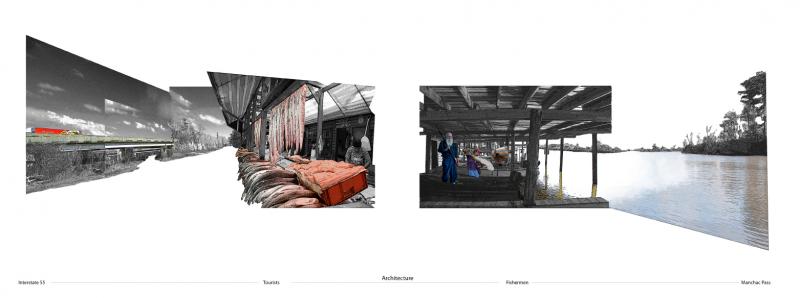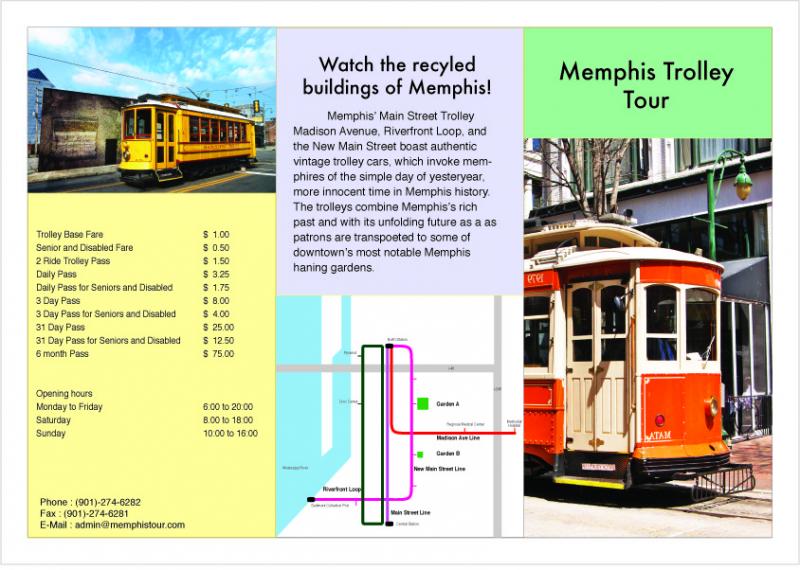'To understand the world, you must first understand the Mississippi.’
– William Faulkner
Despite numerous human interventions – levees, spillways, earthworks, dams and pure misguided faith – the Mississippi River remains in constant flux. The ‘Big River’ is untameable and even now, during the flood of May 2011, it ran six miles wide at Memphis, Tennessee, and reached a peak of over 48 feet. This force of nature is also the major water-borne transport route through the United States and Intermediate 1 sought to explore its network by travelling up river from Venice to New Orleans, Baton Rouge, Greenville and Memphis.
To understand such a complicated system we embarked on a strenuous research project – mapping, drawing, photographing, interviewing, compiling information, viewing old movies and road-testing a number of experiments, methodologies and techniques. We examined how the rich cultural history and serpentine reach of the Mississippi created new architectural and urban typologies, such as the emergency rehousing of disaster victims and the desperately depopulated towns that lie along its banks. These new types provide a source of existence for renegade communities that – in the words of photographer Alec Soth – ‘live with their feet in the water and their heads in the clouds’.
Intermediate 1 is interested in the connectedness of architecture to larger systems and contexts. Students designed architectural interventions within this system – ‘drive-thrus’ – that dealt with such diverse topics as crawfish farming, terminal cancer sufferers, obsolete Soviet-era ground effect vehicles, seaplanes, Katrina survivors from the Lower Ninth Ward of New Orleans, the ruined buildings of Memphis, Tennessee, catfish Po’Boys and illicit moonshine, and the quasi-miraculous brown water of Greenville, Mississippi. We investigated optimisation, obsolescence, individuation, dysfunctionalism and simple eccentricity, with the architectural programme acting as a point of departure for testing the spatial, temporal, social, economic and political implications of these varied interests.
Next year we will explore the architectural possibilities of defying gravity and taking flight.
